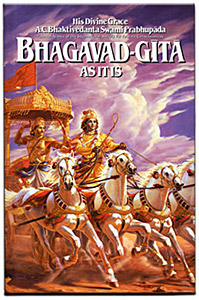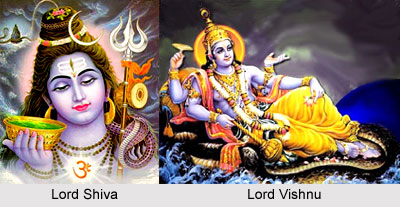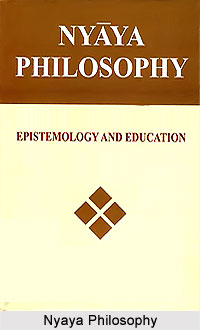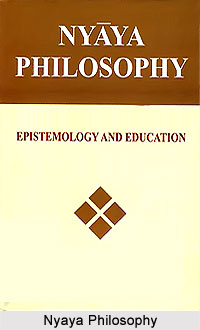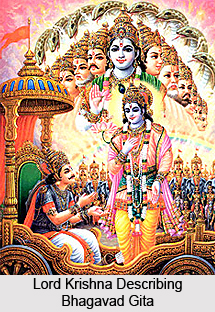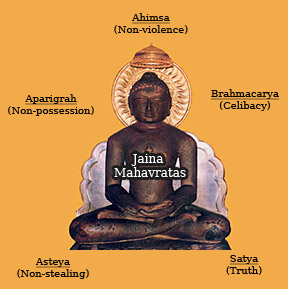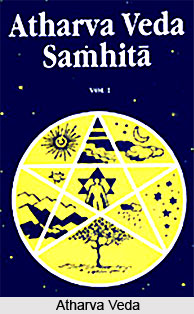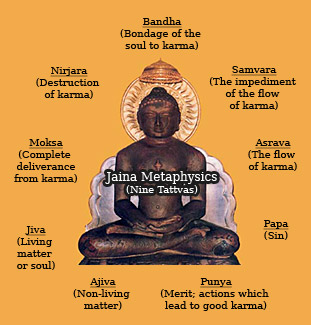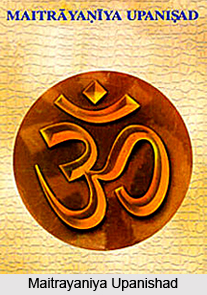 Maitrayaniya Upanishad was composed at a time when Buddhism was at its peak. It can be dated back to around 300 B.C. It belongs to the Maitri or Maitrayaniya branch of the Krishna Yajurveda. This Upanishad belongs to post-Ashoka era thereby showing signs of influence of Buddhism. The text consists of seven lessons; the last two are known to be appendices. However originally it consisted of first four lessons only. The Upanishad begins with a dialogue between the king Brhadratha and the sage Sakayana. Here sage Sakayana teaches the king the philosophy of the Brahman as taught by sage Maitri.
Maitrayaniya Upanishad was composed at a time when Buddhism was at its peak. It can be dated back to around 300 B.C. It belongs to the Maitri or Maitrayaniya branch of the Krishna Yajurveda. This Upanishad belongs to post-Ashoka era thereby showing signs of influence of Buddhism. The text consists of seven lessons; the last two are known to be appendices. However originally it consisted of first four lessons only. The Upanishad begins with a dialogue between the king Brhadratha and the sage Sakayana. Here sage Sakayana teaches the king the philosophy of the Brahman as taught by sage Maitri.
This Upanishad belongs to the later Upanishads. Sage Maitri describes phenomenal and nominal atman. The `phenomenal` atman reaps the fruits of good and bad actions. The `nominal` Atma is the soul that is not affected by the phenomenal world. This soul can be perceived by senses and can be grasped by the intellect. This suggests the Buddhist influence. Here the Trimurti concept of Lord Brahma, Lord Vishnu and Lord Shiva has also been mentioned. These three forms can be traced to three gunas - rajas, sattva and tamas.
This article is a stub. You can enrich by adding more information to it. Send your Write Up to content@indianetzone.com


